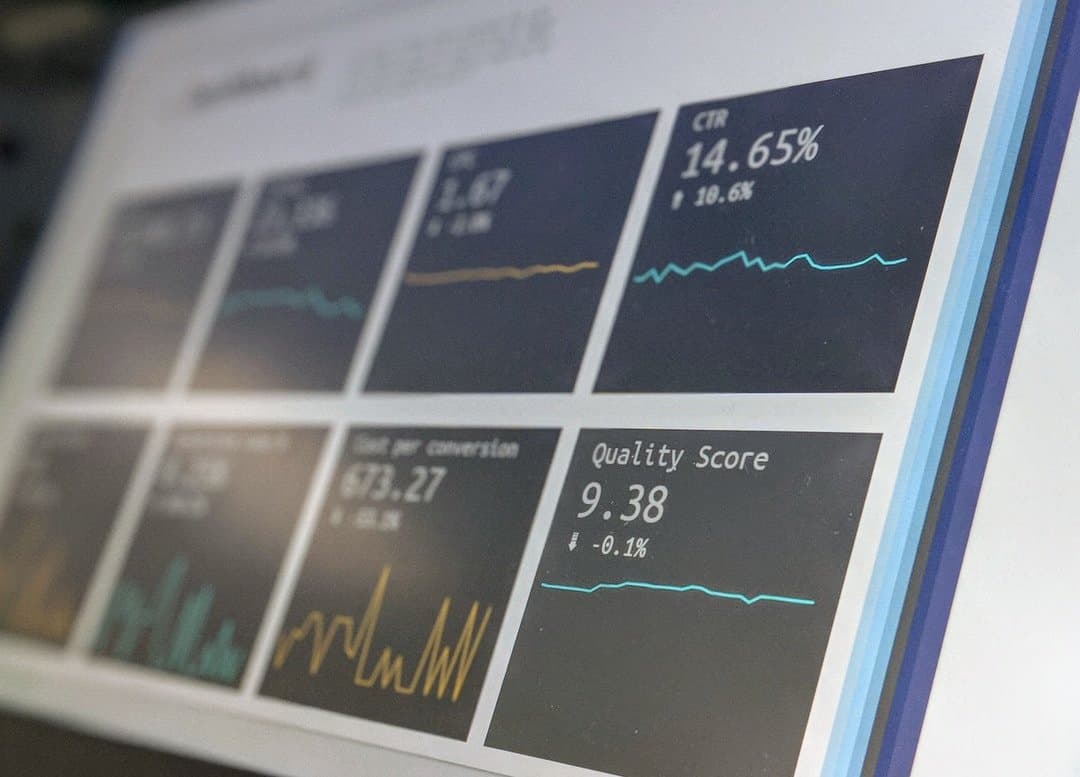Whether you’re operating a small business or a multi-national corporation, you want to be sure that all of your digital systems and platforms are operating in unison for the benefit of your company. With so much data at your disposal and with a greater need for real-time access to information, it’s important to have systems in place that are able to deliver notifications while providing insights. That’s where event-driven architecture comes into play.
Understanding Event-Driven Architecture
You might be asking yourself, what is event driven architecture? EDA is a software pattern that allows organizations to detect important business moments like transactions or site visits and act on them in real time or with the greatest immediacy possible. This software design pattern replaces the traditional request/response architecture where services would have to wait for a reply before tackling the next task. The flow of event-driven architecture is run by the events and is designed to respond to them or carry out some action as a response.
An event is defined as a change of state of some key business system. For instance, somebody buys a product, while someone else is checking in to their hotel via an app. Events exist everywhere and are constantly happening. This includes anything that creates a message by being produced, published, detected, or consumed. That’s considered an event as well. The event is separate from the message because, while the event is the occurrence, the message is the traveling notification that relays the occurrence. EDA triggers one or more actions or processes in response to its occurrence. This can be anything from requesting to change a password to a warehouse updating its inventory.
The Evolution of Architecture

There has been a movement from focusing on data at rest to focusing on event-driven architecture. Most systems in the past operate in a data-centric model where the data is the source of truth. The shift to EDA means moving from that model to an event-centric model. Event-driven technology still relies on that important data, but the events take center stage. The priority of this is to respond to events as they happen. Event correlation is key in business situations and affords some data consistency while creating an event flow that recognizes the lesser value of older events to this software architecture.
When using event-driven architecture, there are event producers that generate and send event notifications. For example, an announcement of the release of a new product could be a platform event for several applications listening or waiting for that notification. This triggers their internal systems to publish information. This strays from the traditional request-response messaging in that apps are still running. They aren’t left on hold because the reply hasn’t come in. This allows for a sequence of events to run parallel without stalling event flow.
So, how does it work?

The components of EDA can include three parts: producer, consumer, and broker. The broker is optional, especially if you’re handling a single producer and a single consumer that are in direct communication. For example, a producer may send a database for events to be collected and stored for analysis. Usually, there are multiple data sources sending out all types of events with one or more consumers interested in a notable event.
For example, event-driven architecture can help a retailer who is collecting all of the purchases that are happening across various endpoints worldwide. Those sales are fed into an EDA to check for fraud, send the information to credit card processors, and take any necessary actions after. Manufacturers may rely on this software architecture to be aware of a real-time scenario on their supply chain that is impacting their order system. This architecture monitors eventual consistency, noting the potential for a significant change or hurdle in the process. EDA is the way to go to stay ahead of the game.
